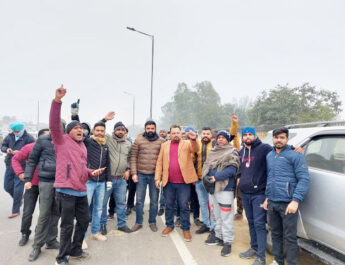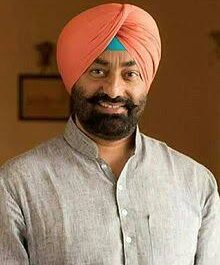From Our Bureau
NEW DELHI: Asking what is wrong with the party symbol on the EVM (electronic voting machines) at the time of polling, the Supreme Court on Tuesday flung aside a PIL to replace them with candidates’s photos, age and educational qualifications.
A Bench headed by Chief Justice of India Uay Umesh Lalit was apparently unimpressed by the PIL seeking to project the individual candidates instead of the political parties.
In a reference to the over seven decade long political party centric electoral system, Chief Justice Lalit said, “We have travelled so far, after (incorporation of ) Tenth Schedule (in the constitution), there is a recognition of political party and the Legislature Party” in the Constitution.
When senior advocate Gopal Sankaranarayanan said “that (legislature party) comes after the election,” CJI Lalit retorted that the “Election is connected with the political party… The electorate has voted a person belonging to a political party, he cannot dump his political party.”
Even Attorney General R. Venkataramani opposed the petition saying that the choice that a voter makes happens before he reaches the EVM. “I find it difficult to agree with the plea of removing symbols with photos. Symbol is the identity of a political party. The issue of criminals can be addressed in a different context,” he argued.
The top court observation came as it brushed aside the submission that in the original Constitution there was no reference to a political party and the focus was on individual, the Election Symbol (Reservation and Allotment) Order came in 1968, Representation of People Act, and the Tenth Schedule to curb floor crossing came much later.
Referring to a series of orders passed by the top court to curb criminals from entering the legislatures, senior advocate Vikas Singh appearing for PIL petitioner Ashwini Kumar Upadhyay said despite various directions, the presence of law-makers with criminal background has risen from 25% in the past to 43% at present and today no law can be enacted to curb them as they command majority in the legislatures.
Saying that they are not inclined to interfere, the court gave petitioner Upadhyay an option of either withdrawing his plea or they will dismiss it.
However, on a request by his lawyer Vikas Singh, the court recorded his statement that the PIL petitioner will make a representation before the Election Commission and advocate appearing for the Centre stating that representation will be considered as and when it is made. Having recorded the statement, the court disposed of the matter.
Upadhyay, a Delhi-based lawyer belonging to the BJP, in his PIL had sought direction to declare that use of party symbol on EVM is illegal, unconstitutional and violative of Article 14, 15, 21 of the Constitution.
The petition stated that the best solution to weed out corruption and criminalisation in politics is to replace political party symbols on ballot and EVM with name, age, educational qualification and photograph of the candidates as it will also provide equal opportunity to the contesting candidates.
It said that ballot and EVM without political party symbol have many benefits as it will help electors to vote and support intelligent diligent and honest candidates.





